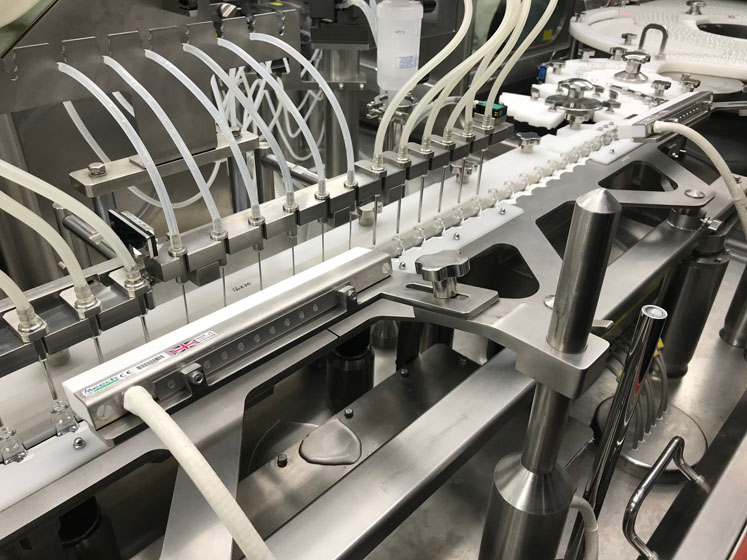Static, a phenomenon that has only been properly understood within the last century, has been the cause of many production problems for medical and pharmaceutical companies. And, given that these industries produce life-saving medicines and equipment, this is of significant concern to them as well as the rest of the population who rely on them to stay healthy.
Static charges can be generated via friction, separation or induction, and today’s fast-moving, high pressure production lines provide ample opportunity for them to occur. But, to fully understand the implication of static charges, it’s vital to appreciate the consequences: product wastage, production delays, machine breakdowns and added costs.
Product and packaging misbehaviour
Different types of medical packaging are susceptible to a variety of static-induced problems. Products that require flexible plastic or foil as part of the packaging will become vulnerable to static during the packaging web’s unwinding phase (separation) or if the film runs over nip rollers, creating friction.
The faster the web unwinds, the greater the level of the static charge. Packaging films can “misbehave” if rewound with static charges on the surface — with overlaps and folds preventing a neat roll — and tiny holes may appear in extruded films, impacting the appearance and overall safety of the product.
Perhaps though, the single biggest issue relates to the contamination of the web surface; static charges attract loose fibres and airborne debris, which become drawn to the surface of materials, compromising the sterility of the product. In an industry in which cleanliness and hygiene is of the highest possible concern, any contaminated product obviously needs to be disposed of, creating excess waste and causing delays.
Blister packaging is also highly vulnerable to static charges. The process by which it is formed requires thick plastic film to be unwound from its original roll format. The separation of this film can then generate static electricity on the surface of the web material, which attracts contamination from the surrounding area onto the film’s surface. These foreign objects are then fixed permanently to the plastic film once it is heated to form the blisters.
However, once the film cools, the levels of static increase further, which can attract even more debris from operators and machinery within its vicinity. This then affects the filling of tablets into the punnets; they will either become contaminated themselves before sealing or static charges will cause them to “jump” out of the blister packaging, leading to packaging waste and, even more significantly, discarded products.
And it’s not just flexible packaging that encounters issues surrounding static. Medicinal bottles, when travelling along conveyor lines, generate static through friction. Aside from the aforementioned product cleanliness issues, these static charges can also interfere with sensitive electronic weighing systems when very precise measurements are needed.
Bottle filling lines are optimised to ensure consistent production processes and correct dosages for customers, but the presence of static can throw all of this into doubt. Delays to production in this instance can have serious implications for the supply chain and, as a direct result, for people’s health.

What’s the solution?
In an industry wherein time-sensitive production, health and safety are critical, these are serious issues to contend with. Fortunately, technology is available to counter these problems and ensure the most fluid and profitable manufacturing.
Static control is designed to eliminate static charges on a diverse range of objects. Usually presented in ionising bar form, these bars are adjustable and compact in size, and can be placed in different positions and/or on various parts of the production line.
They are shockless to touch, so operator safety isn’t compromised. Web cleaners are also a reliable form of technology when it comes to the cleanliness of packaging webs; these devices ensure that webs remain free from debris and hazards to health.
With health, safety and market share assured, static control and web cleaning comprise the logical way to combat unwanted static generation and contamination, ensuring productivity levels are maximised while waste and added costs are minimised.




